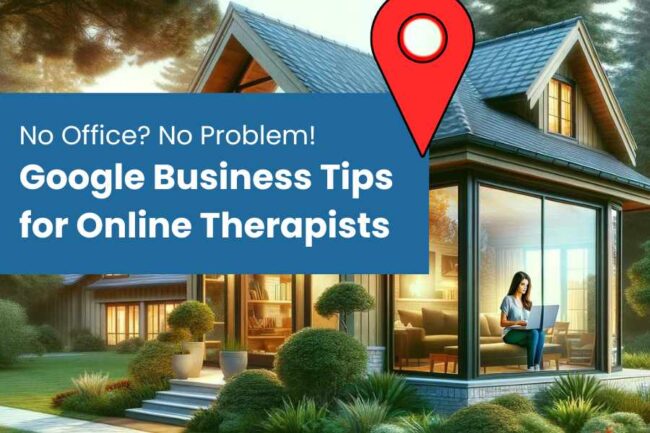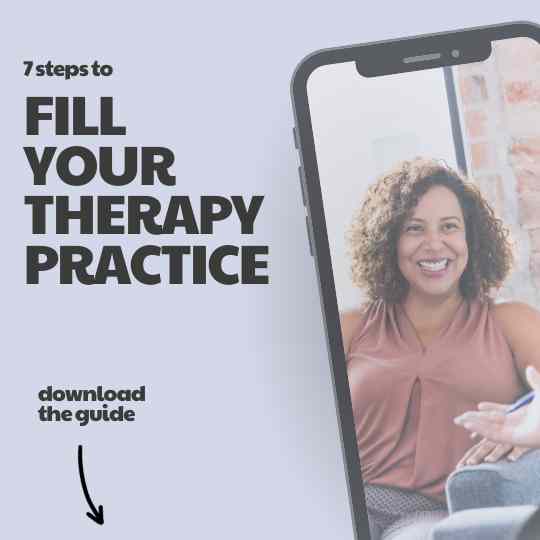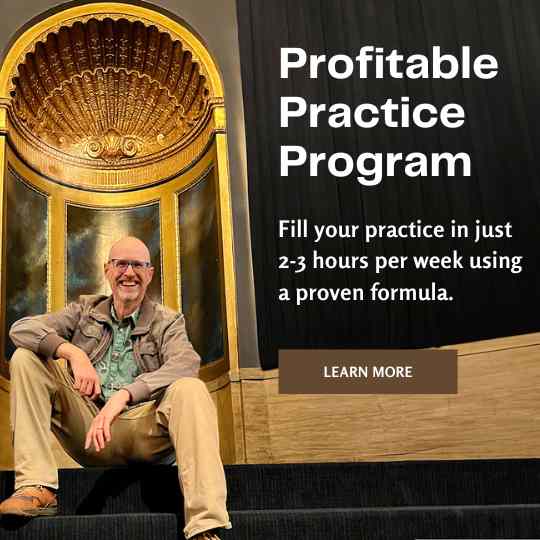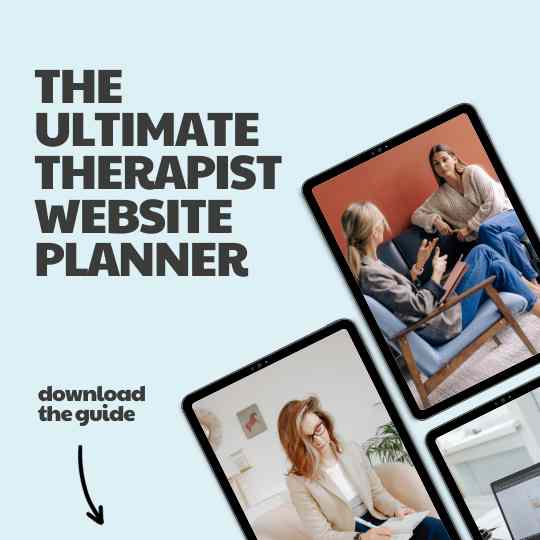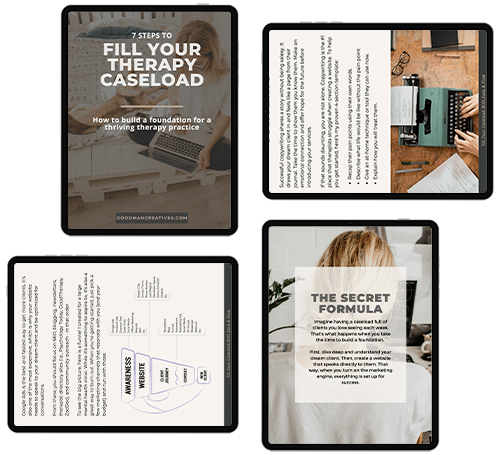Everyone overthinks situations once in a while.
But if the details are holding you back from launching your business, you could miss your opportunity. Sure, you want to get things right, but sometimes it’s better to just do; after all, actions speak louder than words.
We’ve compiled a list of the 7 most common things many new businesses overthink but shouldn’t. We’ve stripped them back, laid them bare, simplified the complicated, demystified the mysterious, and removed the waffle.
Speaking of which! Let’s get on with it.
1. Business Plan
While a business plan is important, don’t spend months or weeks creating one (unless you require investment). In most cases, generating a simple one-page plan will do. Daily planner templates can help you stay on track with your business objectives while organizing your business plan. The goal of a business plan is to get your idea down on paper, validate it (more on how a little later), show your solution, and outline the mechanics of how it all works.
How to Write a Simple and Effective Business Plan:
1. Why is Your Business needed (the gap in the market)? – Why do people want or need your business idea? What problems (also known as customer pain points) will they solve? Your answers are the WHY you’re going into business; it’s the gap you’re going to fill, the demand you’re going to meet. When you know your WHY, you can provide the how.
2. How will Your Business Serve the Gap? – What’s your solution? How will it remove your audience’s pain points? How will it make their life better? That’s what people really want to know.
3. Which Services/Products will you Offer? – What’s so great about your solution? Why is it better than your competitors? Why should people choose you and not a leading brand? You need these answers to run a successful marketing campaign; find them by conducting a competitive product analysis.
4. Who’s Your Target Audience (just a guess now) – You require a target audience to market and sell to. Define yours by creating a buyer persona; the better you know your audience, the easier it will be to find them.
2. Logo Design
I see this a lot. Business owners wasting time on their logo – 100’s of designs and edits. While a logo is essential, you just need one that fits your business. You can always upgrade later.
You can create a logo in less than an hour, but only if you know the insider design secrets behind logo design; I’ll lay them out for you next.
How to Create a Logo that Fits Your Business:
1. Choose a Logotype that Says What Needs to be said – There are nine types of logos, fitting into three categories: Text-based logos – Image-based logos – Combination marks. Combination marks are excellent for new businesses because they convey the most information, ensuring viewers understand your brand’s purpose.
2. Decide on a Color Palette that Suits Your Market – Certain colors serve different needs, and all connect with people’s emotions. Some colors work best for your market; find yours by researching your competitor’s logos, websites, and social media platforms.
3. Pick Fonts that Speak to Your Audience – Fonts are another way to connect with your target audience. Research what the leading brands use and choose fonts that suit your brand’s personality. And if you’re using a tagline/slogan in your logo, you can your logo highly engaging by using contrasting fonts.
4. Apply Your Style – We all have our style, and so does your business. Of course, your style has to suit your marketplace and audience, but you can also use it to stand out from your competitors. Don’t try and please everyone when choosing yours; focus on what suits your brand personality and ensure it works for your niche audience.
3. Business Idea
You might have the best business idea, but you won’t know if it’s a winner if you don’t bring it to market. Fortunately, getting your business idea to market doesn’t mean taking a chance. There are ways to validate your product that remove any guesswork from the equation and ensure you’re onto a winner.
How to Validate Your Business Idea Quickly:
1. Assess Your Market’s Growth or Decline Using Google Trends – Google.com validates whether your target market is growing, declining, or flatlining. In addition, it tells you how frequently consumers entered your chosen search term (your product or service) into Google’s search engine over a selected period in your market region.
2. Find the Search Volume with Google Keyword Planner – Knowing which keywords to use when advertising your business is crucial for marketing success. Google Keyword Planner provides the total search volume for your keywords and provides ones you may not have thought of. Thus, enabling you to focus on using popular keywords that consumers use when searching for similar products.
3. Determine Your Chosen Market’s Profitability – Have you heard the term (Total Adjustable Market)? It’s a formula for determining the size of your market, what percentage of consumers might buy your product, what they’re willing to pay, and how much profit you’ll make. You find yours by using the results you found on Google Keyword Planner and applying the TAM formula.
For example: If 500,000 people search online for your product every month * that by 5% (the market percentage you hope to corner) * that by the sales price for similar products. If it’s $100, your profit would be $25,000 per month.
If you will be offering products or services to retailers, you may also need to research on B2B payments solutions you can use.
4. Product / Service Offering
You can spend years perfecting your product or service offering. But, if you spend too long, someone else might beat you to the prize. So, instead, get something working, launch, and then update based on feedback.
Companies constantly update their products based on consumer requests and testimonials; it’s how they eventually perfect them. It doesn’t pay to get too hung up on creating the perfect product; what does pay is to bring one to market that you know solves your customer’s pain points.
Customer feedback is how you create the perfect product for your marketplace, so you might as well get paid while updating it.
How to Build a Useful Product Using Amazon:
In 2020 Amazon accounted for 37.9 percent of all North American online sales. Making it the perfect place to research useful product ideas, their popularity, and how people feel about them based on category popularity, rankings, and review.
- Go to the Amazon website in your country, type your target keyword (your product or niche category) into the search bar.
- Only research products similar to yours on the first five pages. Daily sale figures determine page rankings, so the more products similar to your idea on those pages, the more popular your product.
- Next, look at the number of reviews; the best products will have thousands of reviews, rankings at 4.3 and over.
- You’ll find the information required to build a useful product in the detailed product descriptions, the positive and negative reviews, and what consumers are saying. Next, find areas where you could improve upon, then integrate them into your product.
5. Target Audience
Businesses spend thousands on audience research only to find out the audience they thought would find their product useful does not. And a totally different audience did. Build a helpful product, and your audience will find you.
6. Mission Statement
Another area I see businesses get stuck in the mud on. While a mission statement is nice to have, it’s not essential. So don’t stress about it, and certainly don’t let it hold you back from launching your business.
Your mission statement only needs to tell everyone why your business exists, its purpose, and what makes it different.
The Key Elements of Your Mission Statement:
- Value – What value do you provide to your customers and employees?
- Inspiration – Why should consumers and employees want to work for and engage with your brand?
- Plausibility – Ensure what you say is reasonable and authentic.
- Specificity – Always tie your mission statement back to your business, and most importantly, to your why and how.
7. Website Design
While your website is essential, you don’t need all of the bells and whistles to launch. Make sure all the functionality is there, then launch and improve it as your business grows.
A quick run-down on what you need to make a website functional:
Pick a relevant theme, keep your design simple, ensure it’s easy to navigate, implement visual hierarchy to control your visitor’s journey, use strong branding elements, make it responsive, and add as much social proof as possible.
Get those right, and you’ll create a highly functional and optimized website.
Conclusion
Now is the time to stop overthinking and start doing.
Sure, you’ll make some mistakes, even fall down once and a while, but eventually, you’ll get there.
Only one thing’s guaranteed; if you don’t start, you’ll never know.
As Nike put it, “Just do it.”






